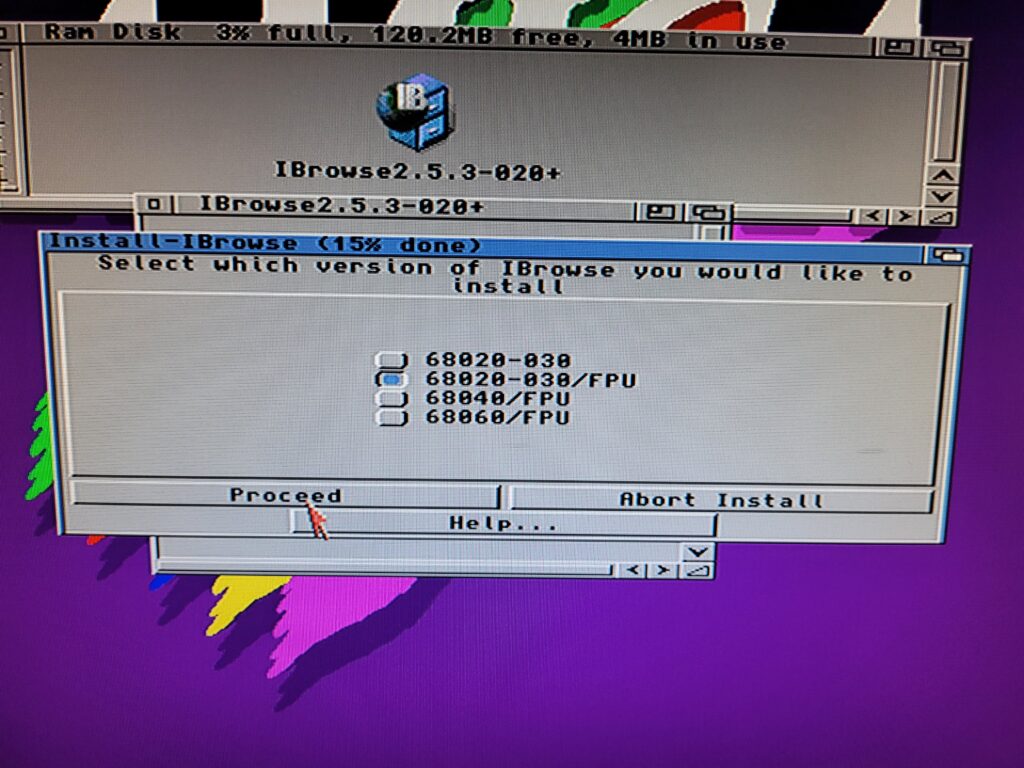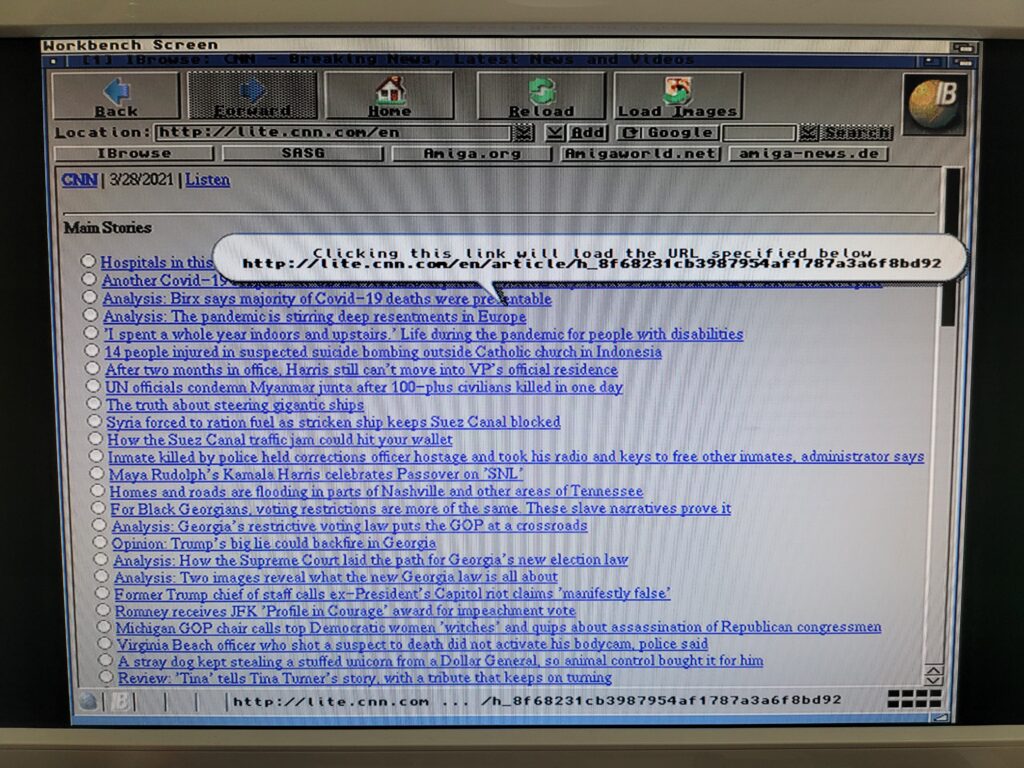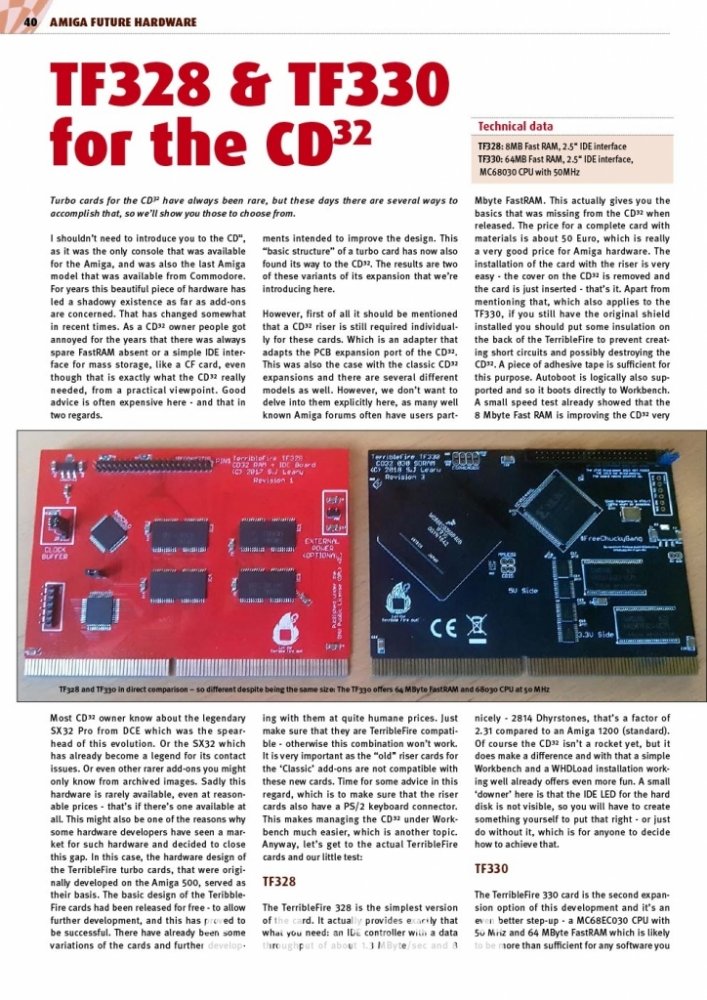
.jpg)
The software iBrowse, coded by Extensible Application Markup Language (XAML) and C#, adopted a similar designing strategy of our previously implemented LowBrowse software which acted as an extension add-on of Firefox browser. Our iBrowse software, instead of following the traditional magnification technique, allowed the low vision users to adjust a few style parameters (font size etc.) and then to read all the websites in their maximum reading efficiency regardless how web authors mark up their websites.

The software iBrowse contains two separate frames including single-line reading frame and webpage global frame. Thus it provides the possibility for low vision users to read the text content on the webpage while at the same time appreciate webpage's global layout, which the website authors intends to deliver.

Our new software, iBrowse, combined with previous LowBrowse, would benefit millions of persons with impaired vision and enhance their web accessibility efficiently. We aim to help improve the quality of life of people with visual disabilities through the application of emerging technologies. Our current research investigates the viability of virtual reality (VR) as an aid for persons with visual disabilities. In this article, we explore the potential of VR-assisted reading. We investigate the reading effects of VR equipment on persons with visual disabilities by utilising variations of standardised optometry-informed reading tests conducted across 24 participants. Test results uncovered that, when comparing a worn VR head-mounted display (HMD) to physical unaided tests, results within a HMD scaled better at closer distances, while unaided tests scaled better with further distances.

Using the findings collected and requirements elicited from participants, a prototype document reader was developed for reading text within a VR-immersed 3D environment, allowing low-vision users to customise and configure accessibility features for enhanced reading. This software was tested with 11 new participants alongside user evaluations, allowing us to discover how users perceived text best within our 3D virtual environments, and what features and techniques are required to evolve this accessibility tool further. The user test reported an overwhelmingly positive response to our tool as a feasible reading aid, allowing persons who could not engage (or, due to the difficulty, refusing to) in the reading of material to do so. We also register some limitations and areas for improvement, such as a need for non-functional requirements to be improved, and the aesthetics of our design to be improved going forward. People with low vision may experience accessibility barriers when they interact with the web. The navigation strategies of low-vision users are explored in this article in order to select the appropriate accessibility techniques needed to design web interfaces for their benefit. Set 10: Max Rally,Zombie Massacre,PPaint 7.First, a literature study and an observational study involving low-vision users were carried out. Set 9: GoldEd 4.8.0,Marbelous II,AmiAtlas 4,DigitalAlmanac II Set 8: Cygnus ED 3.5,ArtEffect 1.5,Gloom3,Dopus 5.5 Set 7: Ibrowse 1.2SE,XiPaint 4.1,KangFuSE,PictureManager 4SE Set 6: Wordworth 5SE,Turbocalc 3.5,PPaint 6.4,Wildfire 3.38 #10 : 10 Pagestream 2.2 - TypeSmith 2.5 SE Link to this article: Select all Artikeldatenbank - Aminet-CD Vollversionen


 0 kommentar(er)
0 kommentar(er)
